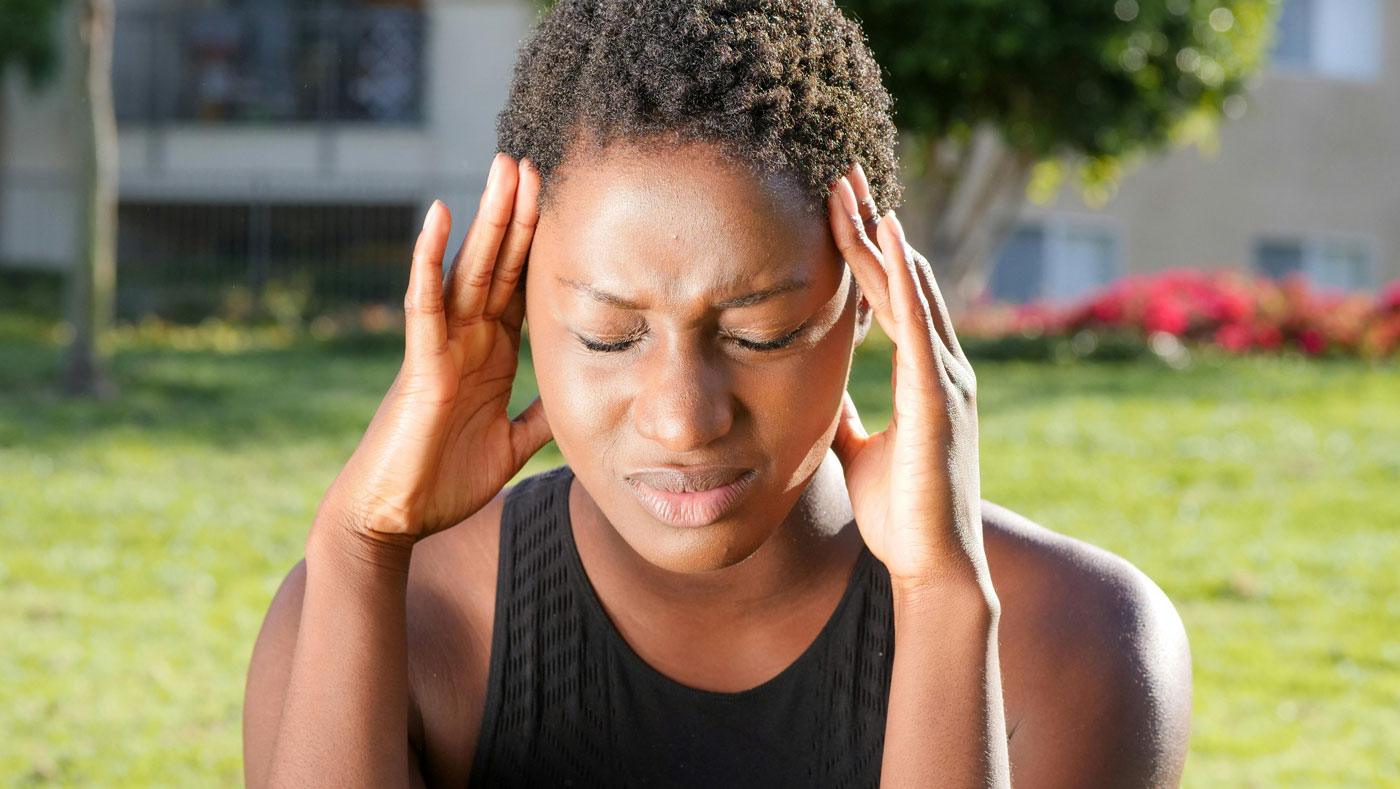What is Migraine?
A migraine is a headache that can cause severe throbbing pain or a pulsing sensation, usually on one side of the head. It’s often accompanied by nausea, vomiting, and extreme sensitivity to light and sound. Migraine attacks can last for hours to days, and the pain can be so severe that it interferes with your daily activities.
For some people, a warning symptom known as an aura occurs before or with the headache. An aura can include visual disturbances, such as flashes of light or blind spots, or other disturbances, such as tingling on one side of the face or in an arm or leg and difficulty speaking.
Common Causes of Migraines
Though migraine causes aren’t fully understood, genetics and environmental factors appear to play a role.
Changes in the brainstem and its interactions with the trigeminal nerve, a major pain pathway, might be involved. So might imbalances in brain chemicals — including serotonin, which helps regulate pain in your nervous system.
Here are a number of migraine triggers, including:
- Hormonal changes in women. Fluctuations in estrogen, such as before or during menstrual periods, pregnancy and menopause, seem to trigger headaches in many women.
Hormonal medications, such as oral contraceptives, also can worsen migraines. - Drinks. These include alcohol, especially wine, and too much caffeine, such as coffee.
- Stress. Stress at work or home can cause migraines.
- Sensory stimuli. Bright or flashing lights can induce migraines, as can loud sounds. Strong smells — such as perfume, paint thinner, secondhand smoke and others — trigger migraines in some people.
- Sleep changes. Missing sleep or getting too much sleep can trigger migraines.
- Physical factors. Intense physical exertion, including sexual activity, might provoke migraines.
- Weather changes. A change of weather or barometric pressure can prompt a migraine.
- Medications. Oral contraceptives and vasodilators, such as nitroglycerin, can aggravate migraines.
- Diet. Aged cheeses and salty and processed foods might trigger migraines. Including the sweetener aspartame and the preservative monosodium glutamate (MSG), found in many foods.
How to treat Migraine:
Migraine treatment is aimed at stopping symptoms and preventing future attacks. Many medications have been designed to treat migraines. Medications used to combat migraines fall into two broad categories:
- Pain-relieving medications. Also known as acute or abortive treatment, these types of drugs are taken during migraine attacks and are designed to stop symptoms.
- Preventive medications. These types of drugs are taken regularly, often daily, to reduce the severity or frequency of migraines.
Your treatment choices depend on the frequency and severity of your headaches, whether you have nausea and vomiting with your headaches, how disabling your headaches are, and other medical conditions you have.
Lifestyle and home remedies
When symptoms of migraine start, try heading to a quiet, darkened room. Close your eyes and rest or take a nap. Place a cool cloth or ice pack wrapped in a towel or cloth on your forehead and drink lots of water.
- Try relaxation techniques
- Develop a sleeping and eating routine
- Drink plenty of fluids
- Exercise regularly

